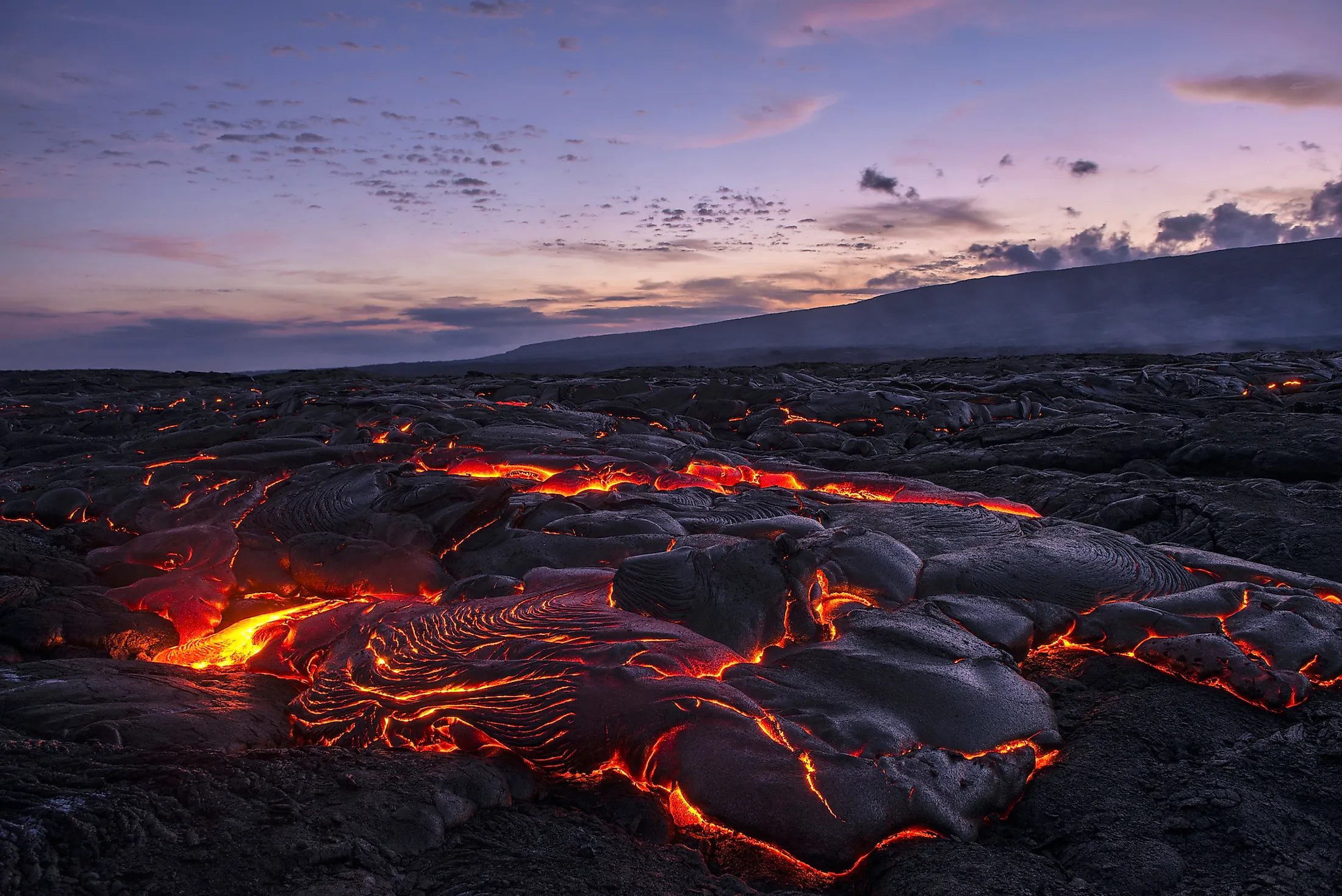
The 5 Volcanoes Forming The Big Island Of Hawaii
Nicknamed the “Aloha State,” the State of Hawaii is situated about 3,200km to the southwest of the contiguous United States in the Pacific Ocean. It is the only US state located outside the continent of North America. The eight principal islands of Hawaii, namely, Hawai’i, Maui, O’ahu, Kaua’i, Moloka’i, Lana’i, Ni’ihau, and Kaho’olawe, were formed by volcanic activity originating from the Hawaiian hotspot in the earth’s mantle. The island of Hawai’i, nicknamed the “Big Island,” covers a land area of 10,432.5 sq. km and is the largest island in the Hawaiian archipelago. The island of Hawai’i was formed from the eruption of five separate shield volcanoes, namely Mauna Kea, Mauna Loa, Hualalai, Kohala, and Kilauea. All the five volcanic peaks of the Big Island of Hawai’i are regarded as ‘sacred’ by the ancient Hawaiian people.
Mauna Kea
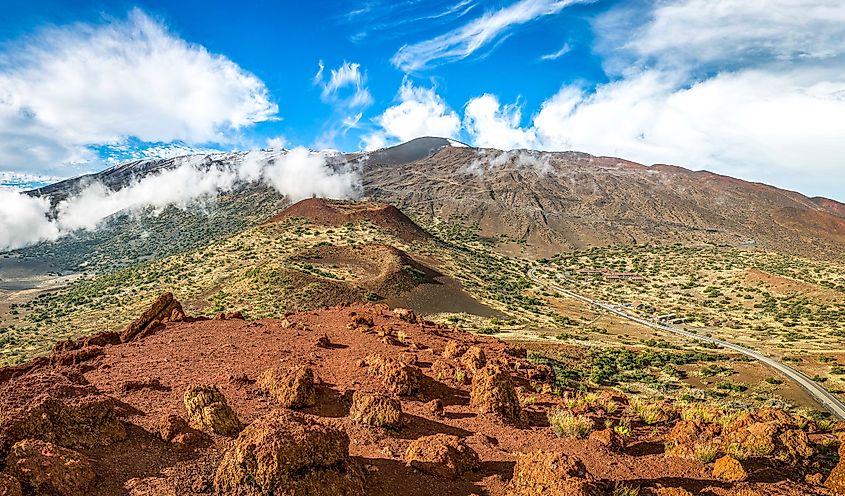
Mauna Kea is a dormant volcano situated in the north-central part of the Big Island of Hawai’i. It is also the highest point in the state of Hawaii and the world’s 15th most prominent mountain peak that rises to an elevation of 4,207.3m. However, when measured from its underwater base, Mauna Kea has a height of over 9,966m, making it the world’s tallest mountain, about 1,118m higher than Mount Everest. Approximately 2,382.79 sq. km of land area in the Big Island of Hawai’i is occupied by Mauna Kea, making Hawaii the world’s second-highest island and the highest island in North America. It is to be noted that Mauna Kea is the only Hawaiian volcano with well-defined evidence of glaciation. Therefore, the Hawaiian name, “Mauna Kea,” which means “White Mountain,” refers to its seasonally snowcapped summit. The last eruption of Mauna Kea occurred about 4500 years ago, and at present, it is considered a dormant volcano. However, volcanologists believe that Mauna Kea can erupt again, and its eruption is well overdue. The mountain’s high elevation, stable airflow, and arid environment have made Mauna Kea’s summit one of the most suitable sites for astronomical observations in the world. Currently, about 13 observation facilities are placed on the summit of Mauna Kea that are operated by astronomers from 11 nations.
Mauna Loa
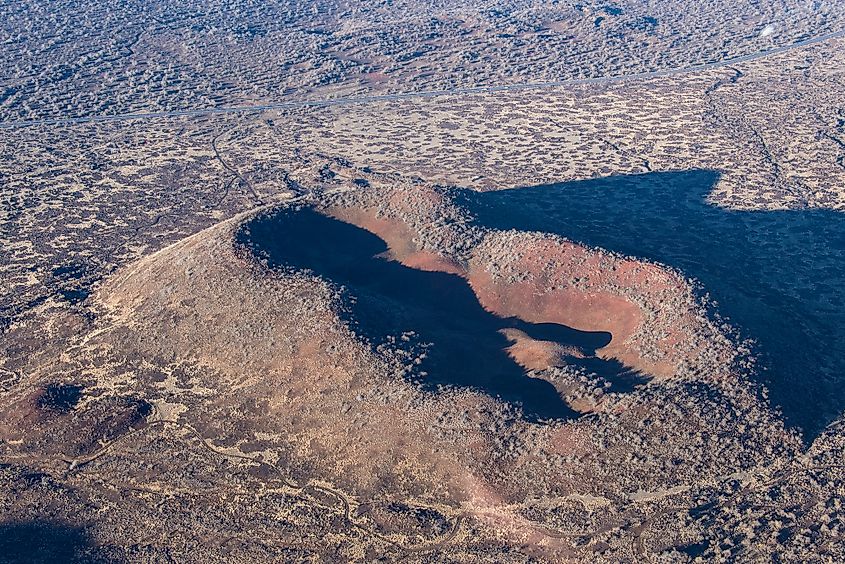
Mauna Loa is a giant active shield volcano situated in the south-central part of the Big Island of Hawai’i and forms the principal attraction of the Hawaii Volcanoes National Park. Rising to an elevation of 4,169m and with an estimated volume of 75,000 cubic kilometers, Mauna Loa is the world’s largest subaerial volcano. Approximately 5,271 sq. km that is about 51% of the land area in the Big Island of Hawai’i is occupied by Mauna Loa. The enormous weight of Mauna Loa has depressed the ocean’s crust by about 8km. Geological studies have revealed that Mauna Loa rose above the sea level about 400,000 years ago and is considered the second youngest among the five active volcanoes in the Hawaiian Islands. As per records, the active Mauna Loa volcano has erupted about 33 times a year from 1843 to date, averaging once every six years. However, since the 1942 eruption, Mauna Loa has remained inactive for several years.
Kilauea
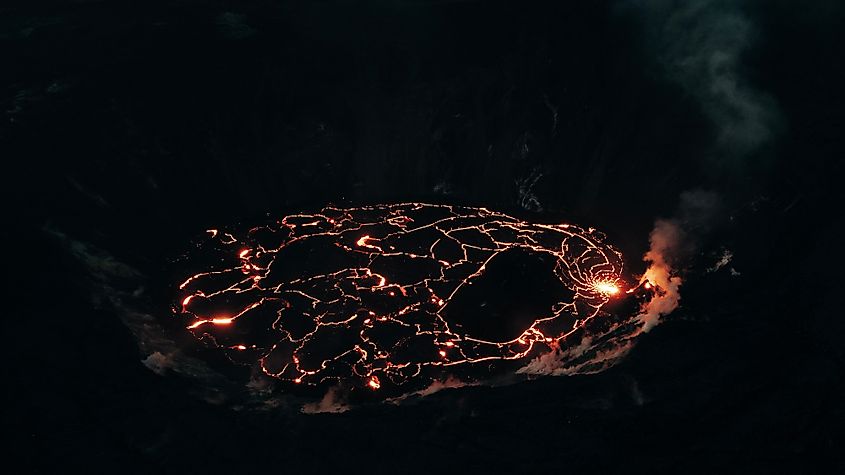
Kilauea is the most active shield volcano situated in the southeastern part of the Big Island of Hawai’i that, together with Mauna Loa, forms the principal attraction of the Hawaii Volcanoes National Park. The volcano rises to an elevation of 1,247m, and since it lacks topographic prominence, Kilauea was considered to be a part of the neighboring Mauna Loa, with whom it also shares similar volcanic activities. Kilauea is regarded as the second youngest volcano in the Hawaiian-Emperor seamount chain and is estimated to be between 210,000 to 280,000 years of age. Kilauea is considered the most active volcano and the southernmost volcano of the Hawaiian Islands, which has erupted numerous times, with the most recent eruption that began on September 29, 2021.
Hualalai
After Mauna Loa and Kilauea, Hualalai is the third most active volcano situated in the northwestern part of the Big Island of Hawai’i. Rising to an elevation of 2,521m, Hualalai is the fourth highest mountain peak in Hawaii. Approximately 751 sq. km, which is about 7% of the land area in the Big Island of Hawai’i is occupied by Hualalai. Having a volume of 12,400 cubic kilometers, Hualalai is considered the westernmost of the five major volcanoes on the Hawaiian Islands. Geological studies have revealed that about 300,000 years ago, the Hualalai volcano had risen above sea level, and about 100,000 years ago, the Hualalai volcano entered its post-shield stage of development. As per records, in the last 1,000 years, the Hualalai volcano has erupted at least three times. Based on its volcanic activity, Hualalai has a recurrence interval of about 200 to 300 years. Volcanologists, therefore, consider Hualalai to be “potentially active” and expect the volcano to erupt again within the next 100 years.
Kohala
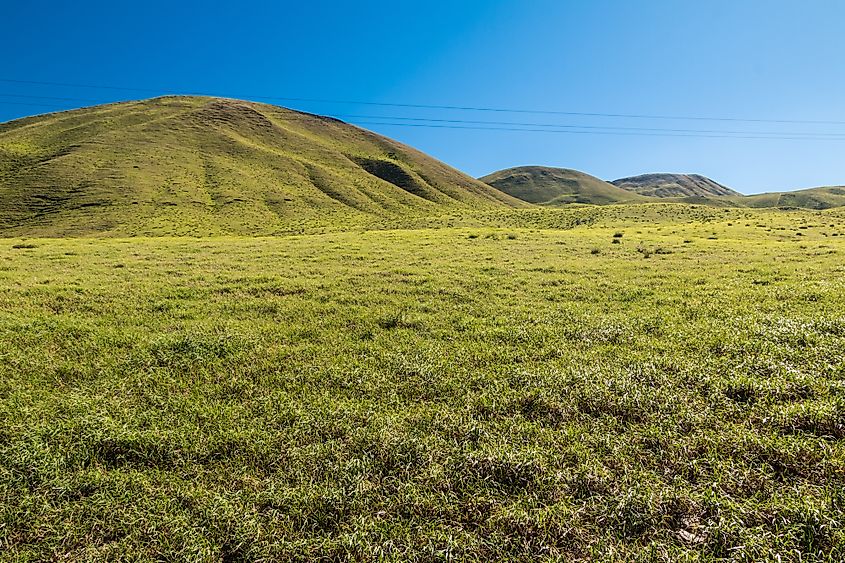
Kohala is the oldest of the five shield volcanoes that make up the Big Island of Hawai’i. Approximately 606 sq. km, which is about 6% of the land area in the Big Island of Hawai’i is occupied by Kohala. The mountain has a volume of 14,000 cubic kilometers and is believed to have risen above sea level over 500,000 years ago. As per records, the volcano last erupted about 120,000 years ago. Between 250,000 to 300,000 years ago, at the end of its shield-building stage, a massive landslide had destroyed the northeastern flank of the Kohala volcano, reducing its height by more than 1,000m. The Kohala volcano is currently considered to be extinct.











